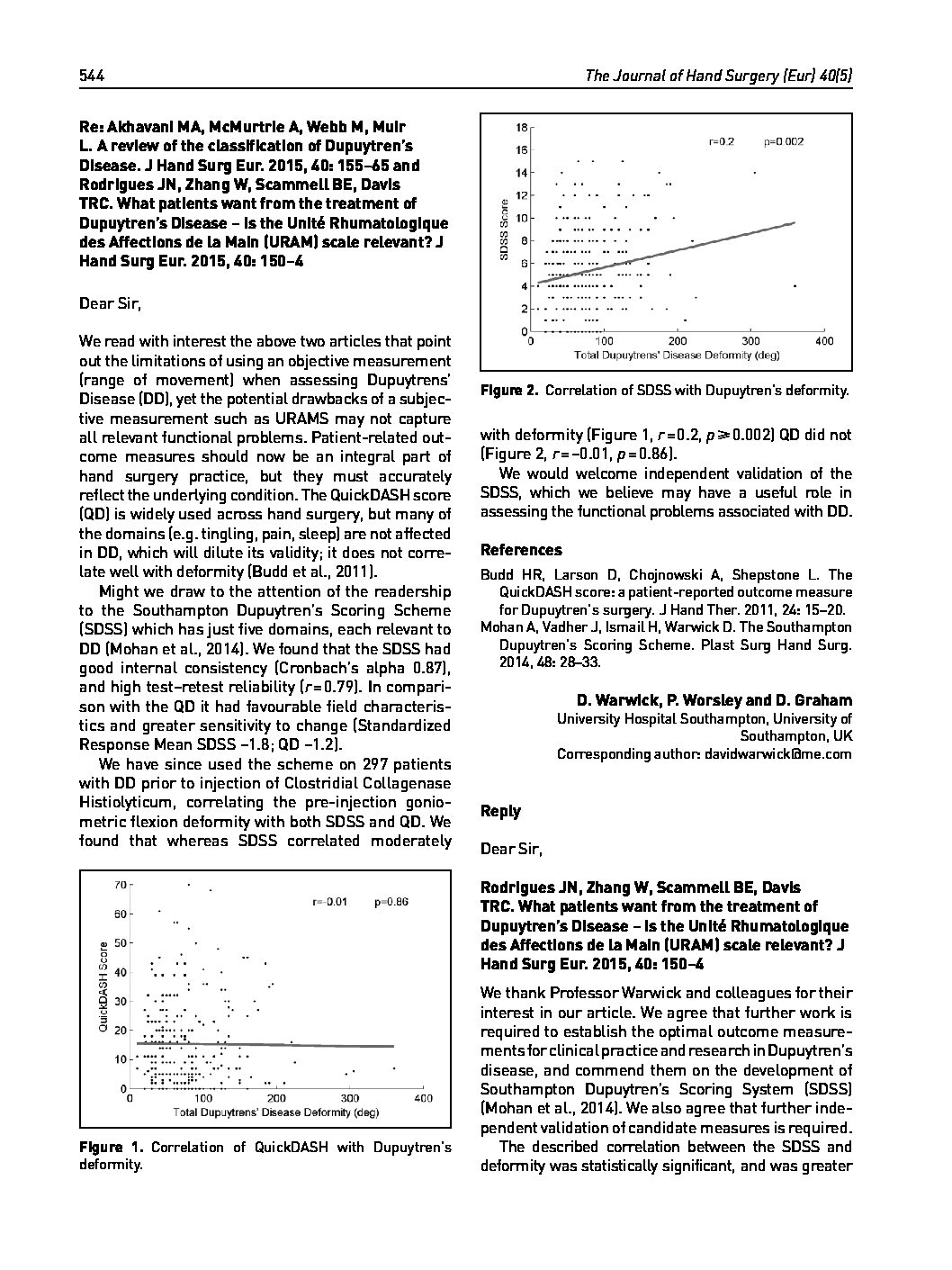What is Dupuytren disease?
After passing the first hurdle of pronouncing Dupuytren (DOOpa-tren: sort of rhymes with “hooka den”, “group of friends” “move again” “super bend”…), most people – doctors and patients alike – have trouble answering this question.
Most doctors don’t give a simple answer. Instead, they often just describe some part of the problem. They explain Dupuytren in terms of the anatomy (“There’s a layer of tissue under the skin of the palm…”), or the biology (“There are special cells called myofibroblasts that make collagen…”), or the risk factors (“It’s sometimes called the Viking disease because…”), or analogies (“It’s like your palm is trying to heal a wound, but…”), or they dodge it altogether (“There’s nothing to do now – come back when you…”). These don’t answer the question of what is Dupuytren disease?
Why do doctors do this? Because that’s all they have. The root cause of Dupuytren is still a mystery. That’s why we don’t yet have a medicine. That’s the elephant in the room. In fact, Dupuytren is just like the elephant in the parable of the blind men and the elephant. Everyone describes a detail but no one can see the big picture.
Why is this important? One reason is public awareness. If you want to raise awareness about a problem with a strange name and all you have are long, confusing descriptions, you won’t be successful.
So, what can you say to answer the question: “What is Dupuytren disease?” Keep it short, simple and direct. Otherwise, people won’t get it and they won’t remember what you said. Something like this:
Dupuytren…
- Cripples hands.
- Affects adults and seniors.
- Runs in families.
- Millions have it.
- Not arthritis, trigger finger, or carpal tunnel.
- No medicine, no cure.
- Surgery doesn’t always work.
- Treatment doesn’t always last.
- There is hope.
- Find out more: Text DUP to 51555
(Why text? “Dupuytren” is hard to spell. Most people have cell phones with them.)
The ultimate goal of the Dupuytren Research Group is not only to answer the question “What is Dupuytren Disease?”, but to change it to “What was Dupuytren disease?
Charles Eaton MD






